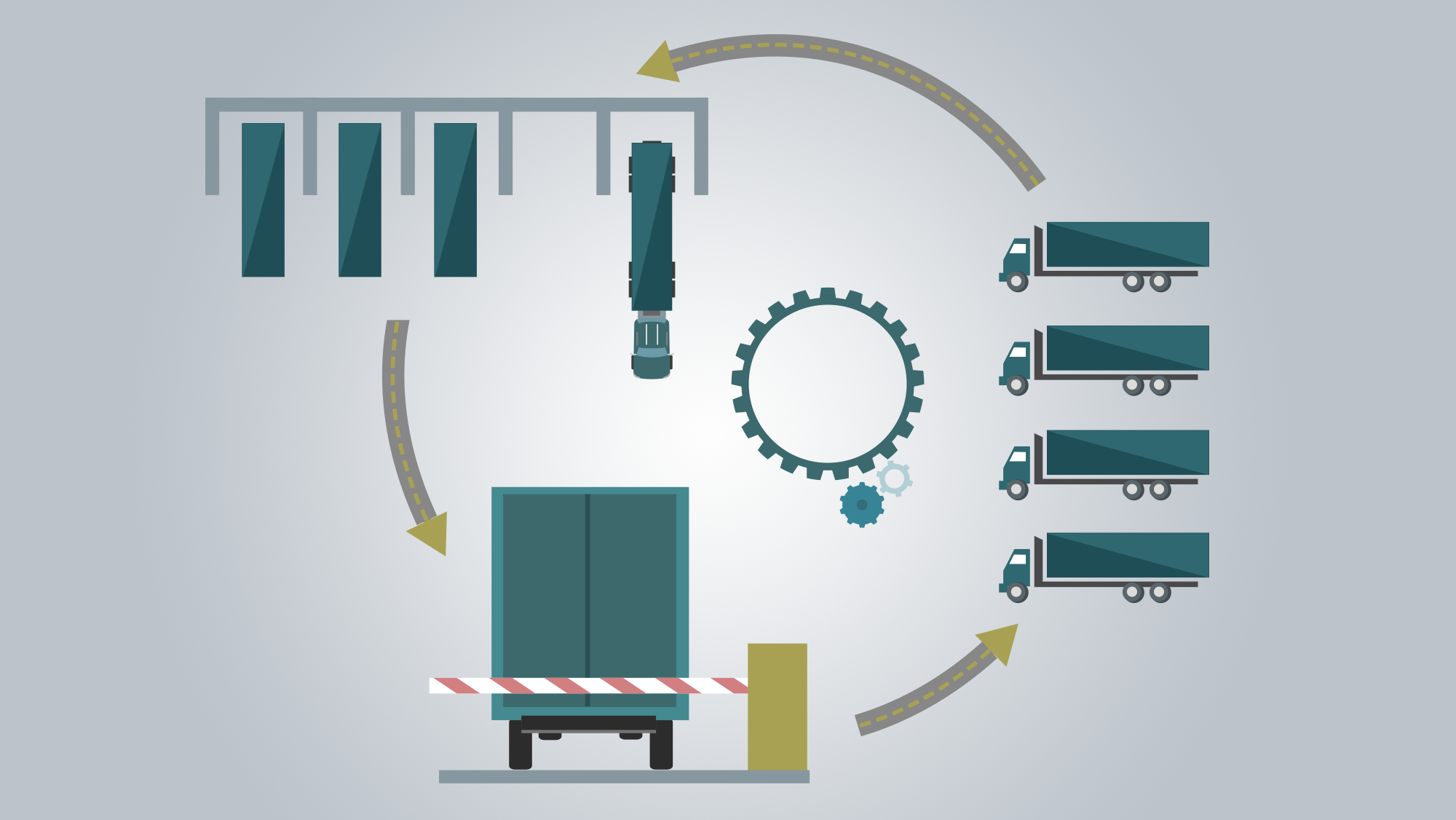Top 10 Tips for a Successful YMS Implementation

The C3 team has been involved in numerous yard management implementations since 2000. We can’t say that they’ve seen it all… but let’s say that they’ve seen A LOT!
With that in mind, we asked the C3 implementation team to share their top 10 recommendations for a successful Yard Management System implementation. Here they are:
Scope it
- Be crystal clear on the scope of the project. That means defining and communicating exactly what you will and will not be doing with this implementation.
- Identify your business objectives. What is the company going to gain from this system?
- Build metrics from before the implementation and set targets for afterwards. What specific benchmarks are you aiming to achieve?
Map it
- Make a detailed map of your business processes. Be as thorough as you possibly can.
- Document exceptions to standard procedures.
Own it
- Be completely involved throughout the entire process.
- Ensure you have subject-matter experts on the team to take on training and configuration in their particular area of specialty.
- Set up testing and configuration validation for every step.
Pick power players
- Define roles and responsibilities for the team, ensuring you have the correct resources teed up.
- Make sure they are fully committed and have the time allocated to play their part.
- Some of the people you'll need include:
- Project manager
- Super users – these folks need to be onboard from the beginning, involved in the entire project, understand the processes and system requirements involved
- Business subject matter experts
- Integration resources
- Trainers
- Others particular to your needs
Value the vendor
- You are on the same team. Work to establish good, open relations from the start.
- Ensure you have clear communication channels and visibility into what they are doing and where they are at in the plan.
- Be sure that any challenges that arise or perceived risks on the horizon are communicated in both directions, fully and as soon as they appear.
- Use their expertise. This may be your team's first implementation of this type, but it's not theirs. When issues arise they've likely seen something just like it on another project. Don't be afraid to ask their advice!
Say it loud—and clear
- Communicate. This means keeping clear channels, not just with your team and vendor, but also with the rest of the stakeholders in your company. End-users, operations people and senior management all need to be kept in the loop with regular updates and exception reporting.
- It's important to schedule regular meetings with users and operations departments to show them the system, its processes, and how it will be configured. They may have valuable feedback, and will definitely appreciate being in the loop.
- All this communication is key to a successful change-management program, and will help ensure buy-in from those who will be using the system once it's up and running.
Bring it all together
- Involve your integration resources from the outset. Because information will be required and decisions made throughout the implementation process, these resources will be very important. They will be consulted about what information can be transferred, and when, what the touch points are and so on. They need to be available to confirm feasibility.
Practice makes perfect
- You must not underestimate the importance of ensuring the end users are properly trained on your new Yard Management System and have the necessary documentation available to them.
- Training needs to be comprehensive and hands-on, with lots of opportunity to practice, so they get the feel of actually using the system, before it is live.
- Ensure there are 'cheat sheets' for every user role. These need to have detailed, step-by-step instructions. Having this in place will greatly reduce errors and lower the number of support requests during and after the go-live period.
Flipping the switch
Here's a list of the elements you'll need in play for the go-live:
- Internal support resources for all locations, every shift, and all business areas that are using the system.
- Vendor support, either on-site or remote.
- Establish an issue-reporting procedure with the vendor.
- Ensure your users know what the proper procedure is should they encounter an issue. Who do they contact and how?
- Be sure there are open channels of communication back from the end-users to the system team so that suggested changes or improvements can be communicated. Otherwise, workarounds will happen or users will try to bypass, or not use, the new system.
Maintain the momentum
- The best demonstration of a successful implementation is the system's sustainability.
- Make sure you have an ongoing training strategy in place.
- Cultivate your super users. They will likely be the ones to handle training, configuration, testing new versions, support and the relationship with the vendor team. The ongoing success of the implementation will largely depend on their engagement, hard work and continuing support for the new system.
